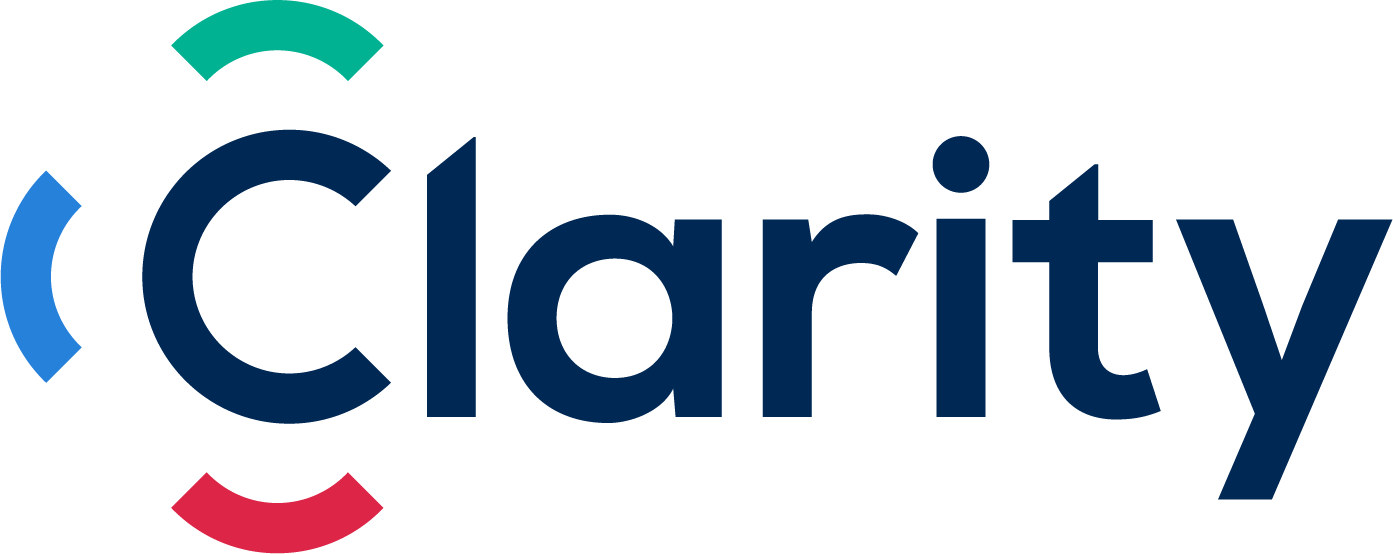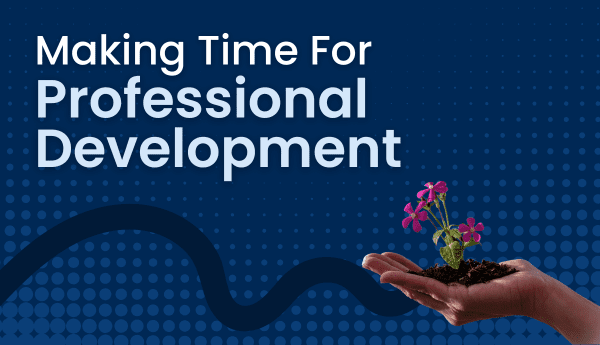Here are some tips for finding professional development opportunities:
Being in the workforce for years is a major advantage when it comes to experience, but it can also make you a bit too comfortable. Performing the same tasks, dealing with the same problems, and interacting with the same people each day means you could likely operate on autopilot after a while.
The reality of today’s working world is that continuous learning and improvement is necessary to ensure your skillset remains relevant and that you offer more than just experience. Seeking out professional development opportunities not only increases your knowledge in a particular area, but also shows your current (or future) employer that you are open to learning and are flexible when it comes to changes in your industry.
That being said, many of us have so much going on in our personal and professional lives that it can be difficult to know how to carve out time for continuous learning opportunities. Here are a few tips on making time to explore professional development options that can boost your confidence and your career.
What is Your Focus?
The first thing you need to determine is what area requires your attention. Are you looking to brush up on skills you already have? Is there a new area or skill you’d like to add to your repertoire? Your focus could be as general as “I want to know what’s new in my industry”, or as specific as “I need to learn how to write proposals”.
One way to figure out where to focus your energy is to consider your work reviews. Have there been any areas your boss has said could be worked on? Reviews offer a glimpse into your skillset and potential opportunities to make you an even more well-rounded and valuable employee.
Looking at job postings in your field and area of expertise is also a good way to determine if there are gaps in your skillset. Are employers now looking for experience with technology? New processes? Networking with others in your field can also help you understand what areas you might need to work on and what your competition is offering that you currently cannot.
What Can You Spend?
Finding time is a major consideration for professional development, but so is finding money. Does your employer have a professional development budget for their employees? If so, you might not have to worry about covering the cost yourself. Many workplaces offer this benefit to their employees, especially when the training pertains to the employee’s actual job. If your employer doesn’t offer professional development funding, consider speaking to your boss about whether this is something that could be implemented in the future.
If you’re going to have to cover the cost of a course, workshop, or other training opportunity yourself, be realistic about what you can spend and know that there are plenty of options out there that won’t empty your wallet.
Where Can You Find Opportunities?
With the amount of technology at our fingertips now, the answer is everywhere. Once you’ve pinpointed what you’d like to focus on and what you can spend, you can start to look for specific learning opportunities that fit your budget. The beauty of today’s technology offerings is that traditional classroom learning is far from the only option you have.
If you have a small or non-existent budget, don’t despair. There are plenty of free learning opportunities online. YouTube is a great source of information when it comes to the basics of just about every field, and can be a good place to start. There are also sites like Alison, which offer various course formats on many topics, free of charge, and with expert-produced content. Your local library is also a goldmine of information, from traditional book formats to online journals to e-courses.
Those who have a bit more to spend, or whose employer is footing the bill, can explore lectures, seminars, courses, and workshops offered by post-secondary institutions, industry associations, and field experts. These are great short-term or longer-term options that provide more in-depth information and expert insight. Another option is to discuss with your employer whether they would be willing to have experts or trainers come into the workplace to train you and your coworkers in a group setting.
How Can You Fit it Into Your Schedule?
The key to making professional development work for you is finding the time to devote to it, and sticking to it. Take a look at your current schedule, both work and personal, and consider whether there are any activities or time-wasters that could be removed. Use that time instead to learn or improve a skill. Schedule learning time the same way you would any appointment or event, and make sure you’re consistent.
Technology has made it possible to learn just about anywhere, so find short periods throughout your day to sneak in some professional development time. Listen to audiobooks during your commute, do coursework on your breaks, or attend a workshop over lunch. Instead of zoning out in front of the TV in the evenings or on weekends, take half an hour to an hour to learn something new.
Key Takeaways
It’s important to focus your energy when you have limited time to devote to professional development, so determine what your needs are and work on those specifically. Consider what kind of budget you’re working with, and if your employer doesn’t offer professional development funding, it might be time to have that conversation. Choose opportunities that fit your needs, budget, and available time. Look for non-traditional options that allow you to learn anywhere, at your own pace, if time is an issue. Finally, replace time-wasters (like TV or obligations that don’t interest you) with learning opportunities, and reap the benefits of a stronger skillset and increased confidence.

